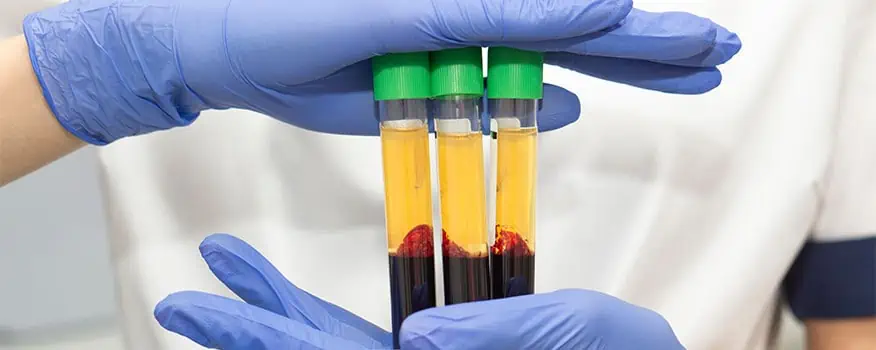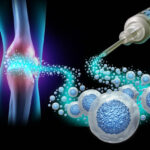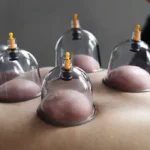Platelet-Rich Plasma (PRP) therapy is a cutting-edge medical treatment that has gained significant attention for its regenerative potential. It involves using a patient’s blood, enriched with a concentrated dose of platelets, to stimulate the body’s natural healing processes.
PRP therapy has been widely adopted in various medical fields, including sports medicine and orthopedics.
UNDERSTANDING PLATELET-RICH PLASMA (PRP)
Platelets are a vital component of blood that play a crucial role in clotting and wound healing. Platelet-Rich Plasma (PRP) is a form of autologous treatment, meaning it is derived from a patient’s own blood. The procedure involves drawing a small amount of blood from the patient, processing it in a centrifuge to concentrate the platelets, and then injecting the PRP back into the targeted area.
HOW PRP THERAPY WORKS
PRP therapy works by harnessing the natural healing properties of platelets to promote tissue regeneration and repair. Once the concentrated PRP is injected into the affected area, the growth factors and cytokines released by platelets stimulate cellular repair and attract stem cells to the site of injury. This process enhances tissue regeneration, accelerates healing, and reduces inflammation, providing relief for various medical conditions.
APPLICATIONS OF PRP THERAPY
Musculoskeletal Injuries: PRP therapy is frequently used to treat sports-related injuries, such as tendonitis, ligament sprains, and muscle strains. It can also aid in the healing of orthopedic conditions like osteoarthritis and degenerative joint diseases.
Skin Rejuvenation: PRP therapy has gained popularity in its ability to stimulate collagen production and improve skin texture, tone, and elasticity. It is commonly used in procedures like the “Vampire Facial” or “Vampire Facelift.”
Hair Loss Treatment: PRP injections can be used to promote hair growth and treat conditions like androgenetic alopecia, also known as male or female pattern baldness.
THE PRP THERAPY PROCEDURE
The PRP therapy procedure is relatively straightforward and typically completed in a single office visit. The steps involved in the process include:
Blood Collection: A small amount of blood, typically around 30 to 60 milliliters, is drawn from the patient’s arm.
Centrifugation: The collected blood is placed in a centrifuge, which spins the blood at a high speed to separate the platelets from other blood components.
Concentration: After centrifugation, the platelet-rich plasma is extracted and prepared for injection.
Injection: The concentrated PRP is carefully injected into the targeted area using a fine needle, guided by ultrasound or fluoroscopy for precision.
WHAT TO EXPECT DURING AND AFTER THE PROCEDURE
PRP therapy is generally well-tolerated with minimal discomfort during the procedure. Before the injection, the targeted area may be numbed with a local anesthetic to reduce any potential discomfort. The entire procedure usually takes around 30 to 60 minutes, depending on the area being treated.
After the PRP therapy, patients may experience mild soreness or swelling at the injection site, which is normal and usually subsides within a few days. Most individuals can resume their daily activities immediately following the procedure, but strenuous activities should be avoided for a short period to allow for optimal healing.
NUMBER OF SESSIONS AND EXPECTED RESULTS
The number of PRP therapy sessions required varies depending on the condition being treated and the individual’s response to treatment. In many cases, a series of 2 to 3 treatments spaced several weeks apart may be recommended to achieve the best results. Some patients may experience noticeable improvements within a few weeks, while others may require more time for the full effects to manifest.
SAFETY AND SIDE EFFECTS
As PRP therapy uses the patient’s own blood, the risk of allergic reactions or adverse side effects is minimal. However, as with any medical procedure, there is a small chance of infection, bleeding, or nerve injury. Patients should discuss their medical history and any concerns with the healthcare provider before undergoing PRP therapy.
PRP therapy is a safe and minimally invasive procedure, with patients experiencing minimal downtime and significant potential for healing.
To find out more information, contact Joint & Spine Rehabilitation today at (201) 445-1079.





